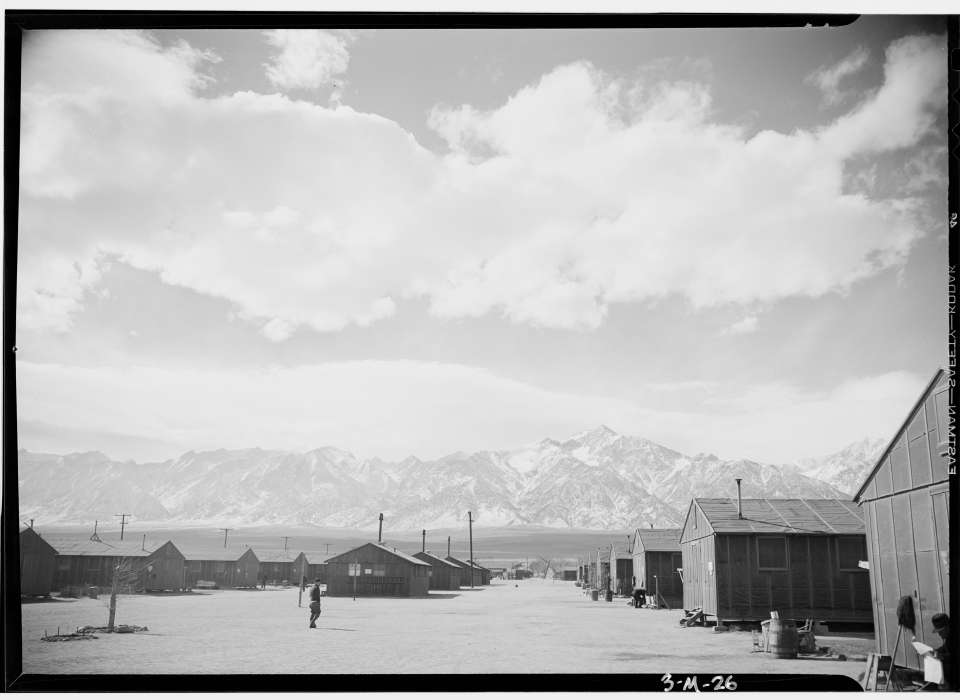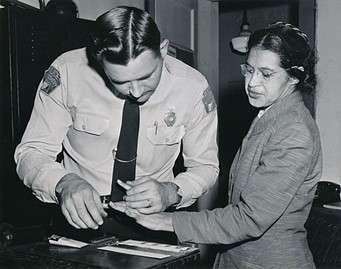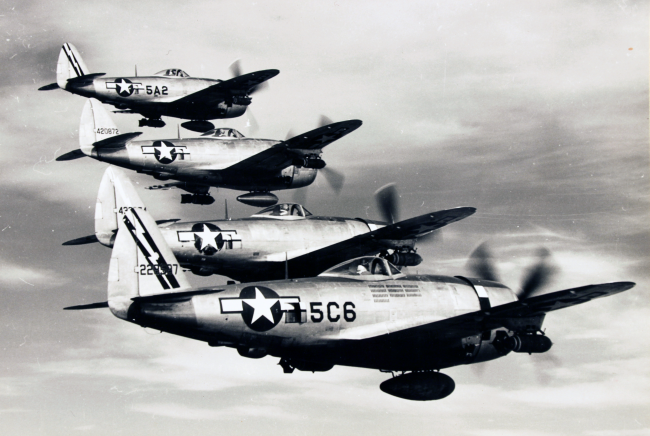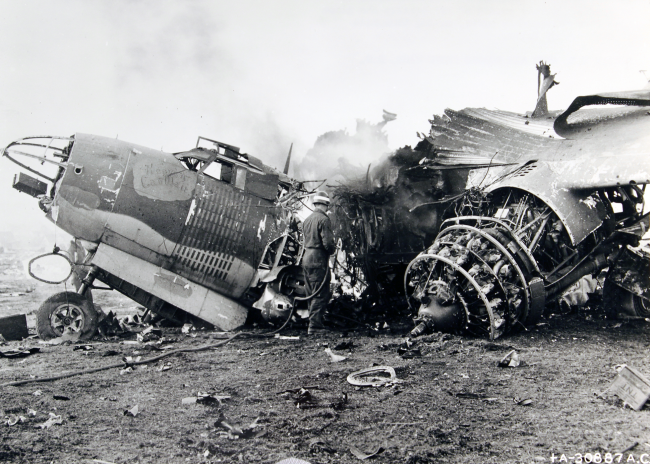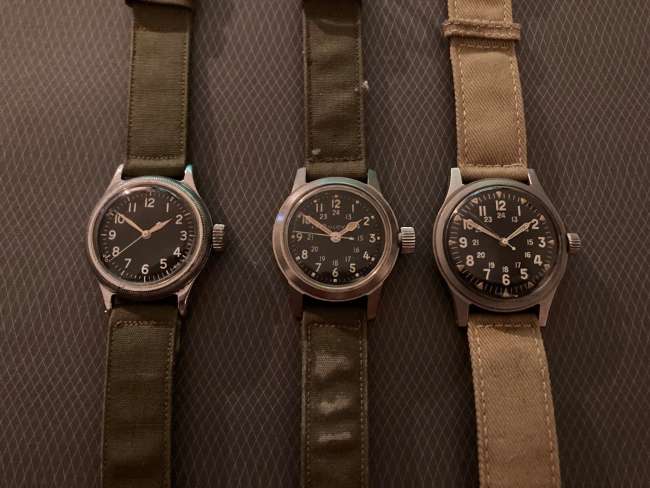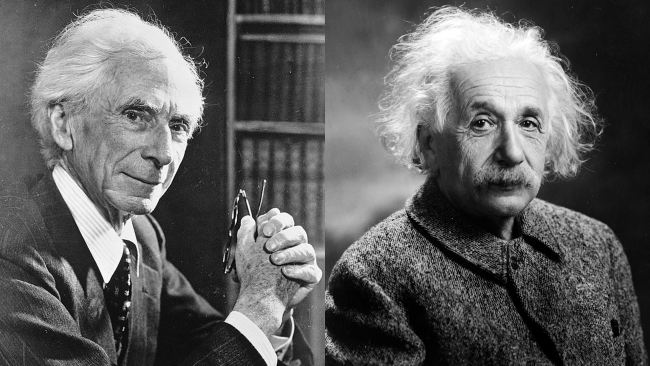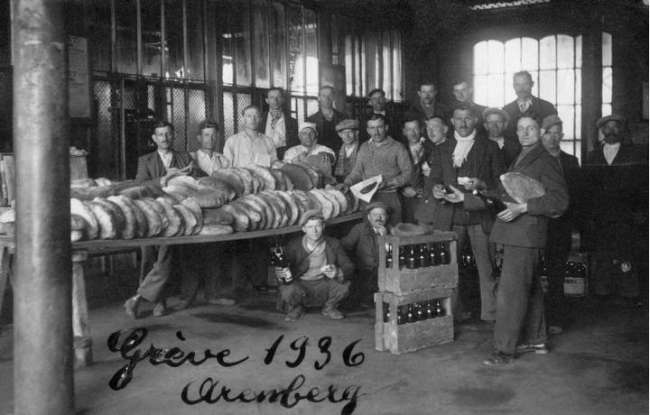Top Image: Library of Congress, LC-A351-T01-3-M-26.
At the time of the Japanese attack on Pearl Harbor in 1941, about 120,000 persons of Japanese ancestry lived on the US mainland, mostly along the Pacific Coast. About two thirds were full citizens, born and raised in the United States. Following the Pearl Harbor attack, however, a wave of antiJapanese suspicion and fear led the Roosevelt administration to adopt a drastic policy toward these residents, alien and citizen alike. Virtually all Japanese Americans were forced to leave their homes and property and live in camps for most of the war. The government cited national security as justification for this policy although it violated many of the most essential constitutional rights of Japanese Americans.
Both the Office of Naval Intelligence and the Federal Bureau of Investigation had been conducting surveillance on Japanese Americans since the 1930s. After the Pearl Harbor attack, these two agencies, plus the Army’s G-2 intelligence unit, arrested over 3,000 suspected subversives, half of whom were of Japanese descent. As far as the agencies were concerned, the remaining Japanese American population did not pose a significant threat to national security.
The public, however, was not convinced. Japanese victories in Guam, Malaya, and the Philippines helped fuel anti-Japanese-American hysteria, as did a January 1942 report claiming that Japanese Americans had given vital information to the Japanese government ahead of the Pearl Harbor attack. Many Pacific Coast citizens worried that local Japanese Americans might help the Japanese military launch attacks in their region. Walter Lippmann, a journalist whose columns were carried by newspapers across the United States, argued that the only reason Japanese Americans had not yet been caught plotting an act of sabotage was that they were waiting to strike when it would be most effective. Another influential columnist, Westbrook Pegler, put it more bluntly: “The Japanese in California should be under armed guard to the last man and woman right now and to hell with habeas corpus until the danger is over.”
Despite the growing public pressure to act, government officials were uneasy about incarcerating Japanese Americans, especially those who were citizens, without a clear reason. Neither Attorney General Francis Biddle nor Secretary of War Henry Stimson believed the removal would be wise or even legal. Military leaders, however, as high up as Assistant Secretary of War John J. McCloy, insisted that this policy was absolutely necessary to ensure public safety on the Pacific Coast. Between the public demand for action and pressure from the military, Biddle buckled and told Stimson he would not object to a wholesale removal of Japanese Americans from the region. Stimson advised Roosevelt accordingly, and on February 19, 1942, the President signed Executive Order 9066, which directed the War Department to create “military areas” that anyone could be excluded from for essentially any reason.
The new order gave the military the authority it needed to remove individuals of Japanese descent from the Pacific Coast, but where would they go? Federal officials hoped that these individuals might be able to find work as farm laborers, but many state and local authorities made it clear they did not want Japanese Americans moving into their areas. The governors of Montana and Wyoming feared it would spark racial violence. “Our people cannot tell an American-born Japanese from an alien,” said Montana Governor Sam C. Ford. “When casualty lists start coming in…I fear for the safety of any Japanese in this state.” Idaho’s Attorney General, Bert Miller, was less sympathetic. “We want to keep this a white man’s country,” he said. “All Japanese [should] be put in concentration camps for the remainder of the war.”
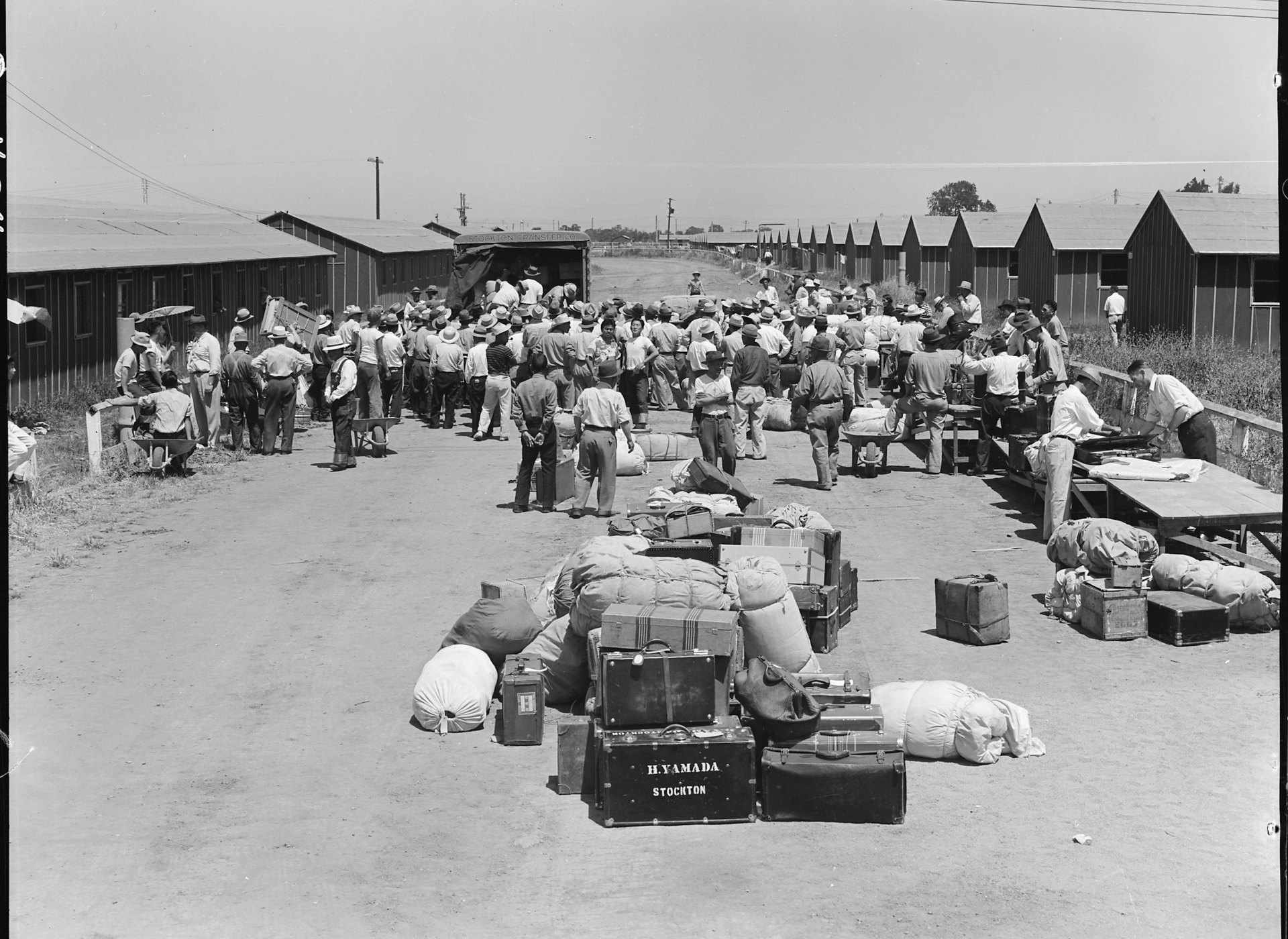
Japanese Americans arriving at an assembly center near Stockton, California. Their possessions are piled outside awaiting inspection before being transferred to the barracks (1942).
(Image: National Archives and Records Administration, 210-G-C404.)
In the end, the newly created War Relocation Authority did move Japanese evacuees into a series of “relocation centers” for most of the rest of the war. Families were given only a few days to dispose of their property and report to temporary “assembly centers,” where they were held until the larger relocation centers were ready to receive them. Living conditions in these makeshift camps were terrible. One assembly center established at Santa Anita Park, a racetrack in southern California, housed entire families in horse stalls with dirt floors.
The more permanent relocation centers were not much better. The War Relocation Authority established 10 of these camps, mostly located in the West, although two were located in Arkansas (which later consolidated to one in Rohwer, Arkansas). The Army-style barracks built to house the evacuees offered little protection from the intense heat and cold, and families were often forced to live together, offering little privacy. The residents were not required to work, but the guard towers and barbed-wire fences surrounding the camps denied them the freedom to move about as they pleased.
Despite these conditions, the incarcerated Japanese Americans did what they could to make the camps feel as much like home as possible. They established newspapers, markets, schools, and even police and fire departments. At the Rohwer War Relocation Center in southeastern Arkansas, Japanese American high school students had their own band, sports teams, clubs, and activities like senior prom and student council. Flipping through the pages of the school’s yearbook, however, the makeshift barracks of wood and tar paper, the guard towers, and the barbed-wire fences visible in the photos are an obvious reminder that the experiences of these students were anything but normal. In 1943, the War Relocation Authority subjected all Japanese Americans in the camps to a loyalty test, in which they were asked to reject allegiance to the Japanese emperor and assert whether they were willing to serve in the US military. Many of the camp residents, especially those who were American citizens, were deeply offended by the government’s obvious suspicion that they might still be loyal to Japan. About 8,500 of these people, mainly second-generation Japanese American men, answered “no” to both questions, often in protest. All of these so-called “no-no” residents were labeled as disloyal, were separated from their families, and were sent to the relocation center at Tule Lake, California.
Segregating the so-called “disloyal” Japanese Americans from the “loyal” ones only made the relocation program even harder to justify. If the government had taken steps to identify and remove the “disloyal” Japanese Americans, why was there a need for any of the others to remain in the camps? Washington officials like Attorney General Biddle and Secretary of the Interior Harold Ickes urged President Roosevelt to end the relocation program as soon as possible, while several of the camp residents themselves challenged the program in court. Roosevelt hesitated, fearing a political backlash, but in December 1944 his administration declared the period of “military necessity” for relocation over, and officials began allowing Japanese Americans back into the Pacific Coast region.

Like this article? Read more in our online classroom.
From the Collection to the Classroom: Teaching History with The National WWII Museum
The Japanese American relocation program had significant consequences. Camp residents lost some $400 million in property during their incarceration. Congress provided $38 million in reparations in 1948 and forty years later paid an additional $20,000 to each surviving individual who had been detained in the camps. The Japanese American community itself was also transformed by this experience. Before the war, most Japanese Americans adhered closely to the customs and traditions enforced by their oldest generation (called Issei), which often deepened their isolation from mainstream American society. The experience of living in the camps largely ended this pattern for second-generation Japanese Americans (called Nisei), who after the war became some of the best-educated and most successful members of their communities.
